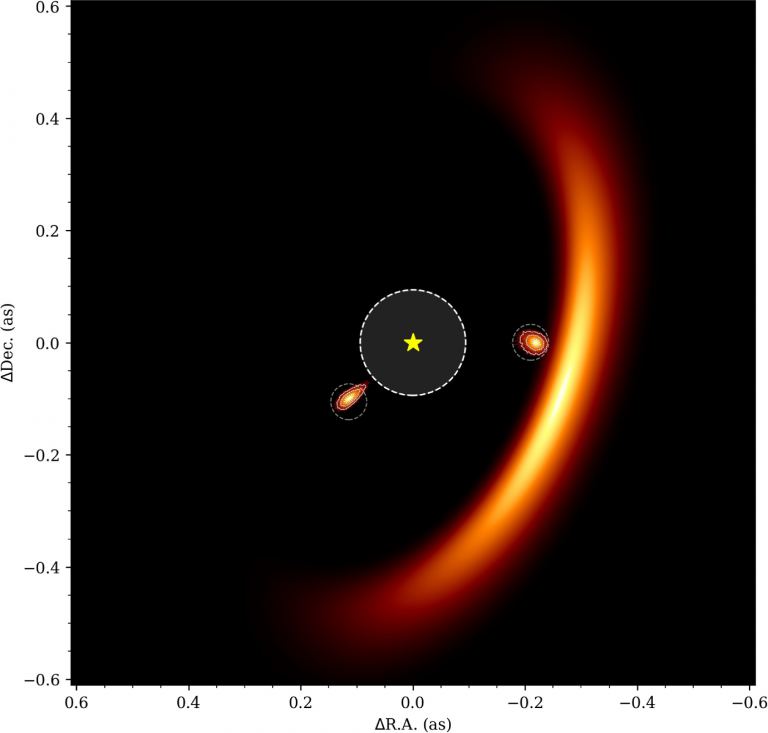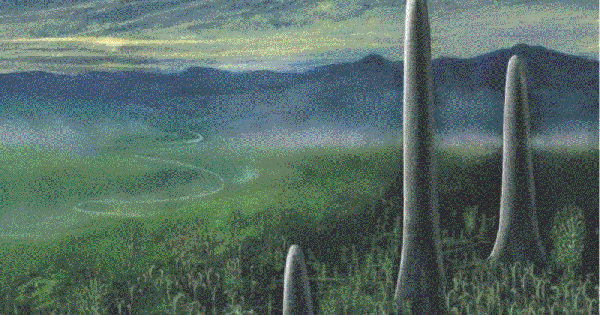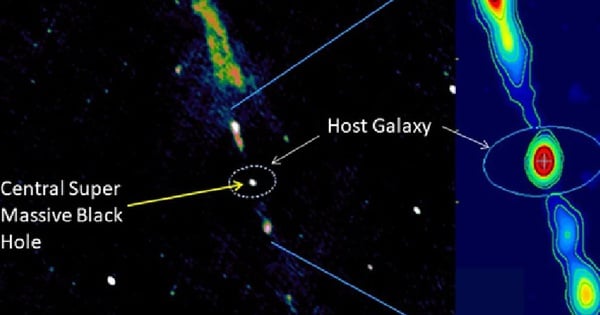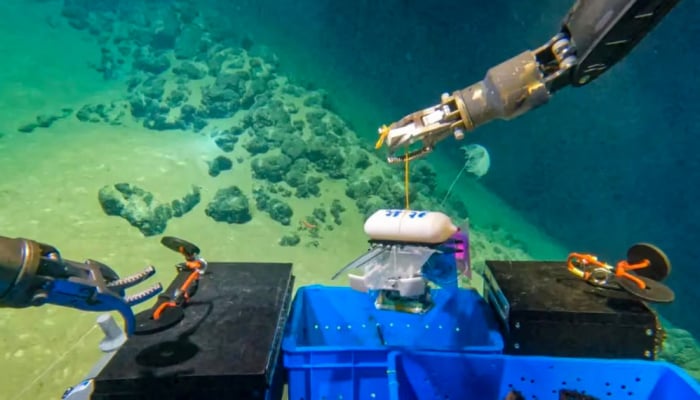(NLDO) - Unprecedentedly clear data from the James Webb space telescope has detected the existence of a disk of warm material around two distant planets.
PDS 70 b and PDS 70 c are two rare exoplanets that were directly imaged by the European Southern Observatory's (ESO) Very Large Telescope (VLT) a few years ago. However, now the James Webb Space Telescope has revealed more interesting things.

Two distant planets appear with signs of warm material belts around them - Photo:
Previously, scientists believed that PDS 70 b and PDS 70 c were two very young planets, orbiting an orange dwarf star 370 light-years from Earth.
New observations from the James Webb telescope, developed and operated by NASA alongside partners ESA and CSA (the European and Canadian space agencies), have made this clear in stunning detail.
Previous observations of the planets in the PDS 70 system were made at shorter wavelengths, while James Webb observed them at longer wavelengths.
The new data thus suggests the presence of warm material around both planets, interpreted as material accreting from the planet's circumplanetary disk.
This suggests that the planets are very young, still in the process of forming, and so are their parent stars.
The star PDS 70 and its planets PDS 70 b and PDS 70 c are competing for the same material needed to grow larger. The parent star is estimated to be about 5.4 million years old, a mere infant compared to our more than 4.5 billion-year-old Earth.
Observing planets in the process of accreting matter helps shed light on long-standing questions about how planetary systems form and evolve, the authors say.
It's like taking a glimpse into the past of the solar system itself, looking at the moment when the planet we live on was just taking shape.
In addition, new data also brought back signs that scientists suspect is a third planet in this orange dwarf system, according to Universe Today.
Source: https://nld.com.vn/kinh-vien-vong-chup-anh-cuc-hiem-ve-hanh-tinh-ra-doi-do-dang-196250217113105837.htm






![[Photo] Vietnam shines at Paris International Fair 2025 with cultural and culinary colors](https://vstatic.vietnam.vn/vietnam/resource/IMAGE/2025/5/4/74b16c2a197a42eb97597414009d4eb8)























































































![[Video]. Building OCOP products based on local strengths](https://vstatic.vietnam.vn/vietnam/resource/IMAGE/2025/5/3/61677e8b3a364110b271e7b15ed91b3f)



Comment (0)